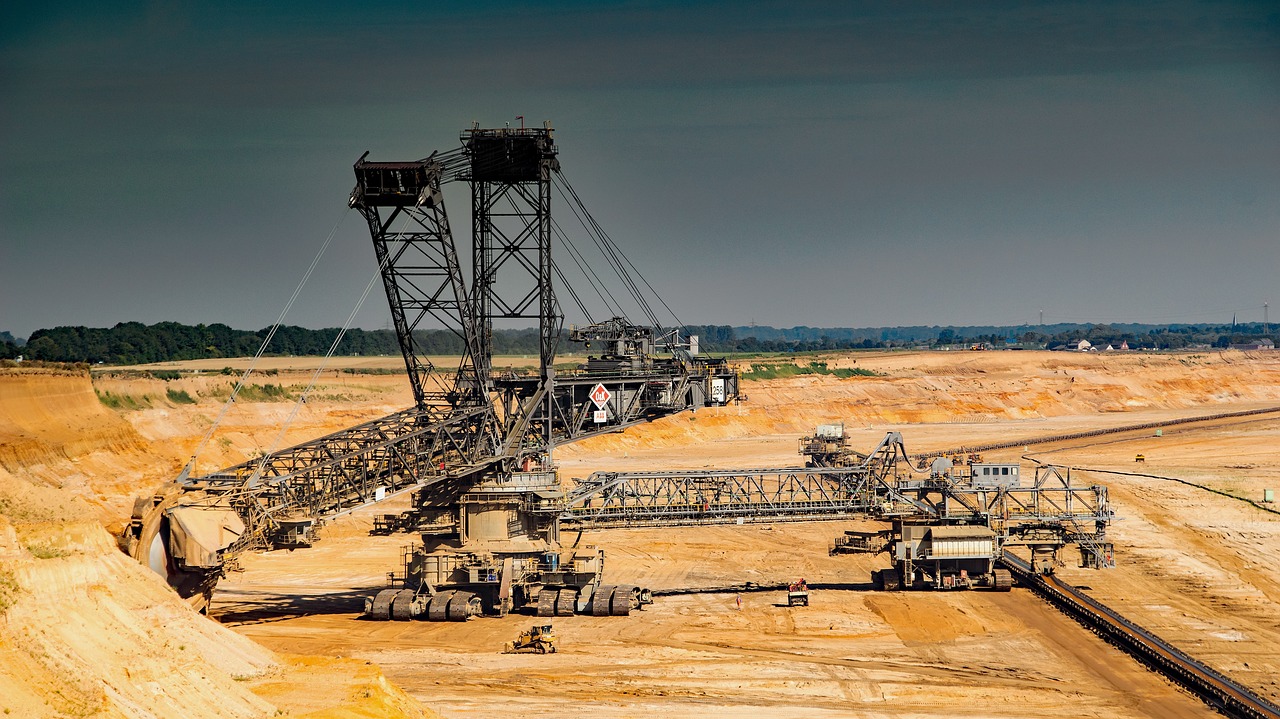
Mining
A high-tech enterprise focusing on the development and application of X-ray technology products, committed to becoming a leading supplier of X-ray industrial testing solutions.
Why Mineral Analyzer Price Shouldn’t Be Your Only Consideration
When selecting a mineral analyzer for your laboratory, mining operation, or manufacturing facility, the price is undeniably a key factor. After all, businesses need to stay within budget while ensuring they get the best return on investment. However, focusing exclusively on the price of a mineral analyzer can be a costly mistake in the long run. While affordability is important, there are several other crucial factors to consider that directly impact the efficiency, accuracy, and longevity of your analyzer. Here's why price shouldn’t be your only consideration when choosing a mineral analyzer.

Terras EulerX500 Handheld Mining Analyzer
1. Accuracy and Precision
One of the primary reasons for purchasing a mineral analyzer is to ensure that your results are accurate and reliable. Low-cost analyzers might not offer the same level of precision as higher-end models, which can result in subpar data and ultimately affect the quality of your operations. In industries like mining, manufacturing, or geochemical analysis, even small inaccuracies in mineral content measurements can lead to significant issues, including poor product quality, process inefficiencies, and financial losses.
When evaluating different mineral analyzers, look at their accuracy specifications, such as detection limits, reproducibility, and the consistency of results. Investing in an analyzer that provides the highest possible precision might cost more upfront, but the return on investment (ROI) comes through better process control, fewer errors, and more reliable data.
2. Technology and Features
Modern mineral analyzers come equipped with advanced technologies and features that enhance their functionality, speed, and versatility. Features such as automatic calibration, remote monitoring, multi-element analysis, or integration with other systems (like data management software) can provide significant advantages.
If you opt for a less expensive model that lacks these features, you may find yourself spending more on maintenance, experiencing longer downtimes, or needing additional equipment to compensate for the limitations of the analyzer. It's essential to weigh the benefits of added technology and features against the initial price to ensure you're investing in a tool that aligns with your needs.
3. Maintenance and Support Costs
The initial cost of an analyzer is only part of the equation. Maintenance and support costs are critical long-term considerations. Cheaper models often come with less robust warranties and may require more frequent repairs, which can end up costing more than a higher-quality analyzer that has fewer maintenance needs over time.
4. Durability and Build Quality
Durability is especially important for mineral analyzers that will be used in harsh environments, such as mining sites, processing plants, or remote locations. A cheaper model may be more susceptible to wear and tear, temperature fluctuations, moisture, and other environmental factors.
High-quality analyzers are designed to withstand tough conditions and deliver consistent results over extended periods. Consider the build quality, the materials used, and whether the model is designed with ruggedness in mind. A durable analyzer is an investment in the reliability and longevity of your operations.
5. User-Friendliness and Training
The ease of use is another factor that should influence your decision. A low-cost mineral analyzer may not have an intuitive interface or may require specialized training for operators. While training programs are often available, these can incur additional costs and time delays, especially if your team is already working with complex machinery or other processes.
A user-friendly analyzer can streamline your workflow, reduce the learning curve, and improve overall efficiency. Evaluate the user interface, availability of training, and how easy it is for your staff to operate the system with minimal supervision.
6. Long-Term Value and ROI
It’s easy to fall into the trap of thinking a lower-priced analyzer is the best choice because it fits neatly within your budget. However, you need to consider the total cost of ownership over the life of the equipment. This includes not only the upfront price but also ongoing operational costs, maintenance, training, and any lost opportunities due to poor performance or inaccurate data.
7. Compliance and Certification
In industries that require compliance with regulatory standards—such as environmental testing, pharmaceuticals, or food production—ensuring that your mineral analyzer meets relevant certifications is crucial. Cheaper analyzers may not be certified to the same rigorous standards as higher-end models, which could put you at risk of non-compliance, fines, or delays.
The EulerX 500 series from Terra Scientific marks a significant advancement in handheld XRF mining analyzers, tailored for a variety of analytical tasks within the mining sector. This device enables on-site analysis of ore samples with little to no sample preparation, shifting the assay timeline from days to mere minutes. Utilizing the fundamental parameters method, the EulerX 500 series can analyze ore samples accurately without the need for calibration standards.

Terras EulerX500 Handheld Mining Analyzer
Conclusion
While price is an important consideration, focusing on it alone when purchasing a mineral analyzer can lead to overlooked factors that ultimately affect your business’s performance and bottom line. Instead of just looking at the price tag, take a holistic approach and evaluate an analyzer’s accuracy, features, durability, maintenance needs, and overall long-term value. By carefully considering these factors, you’ll make an informed choice that benefits your organization for years to come.
Join Us
Subscribe to our email list for updates & promotions.



